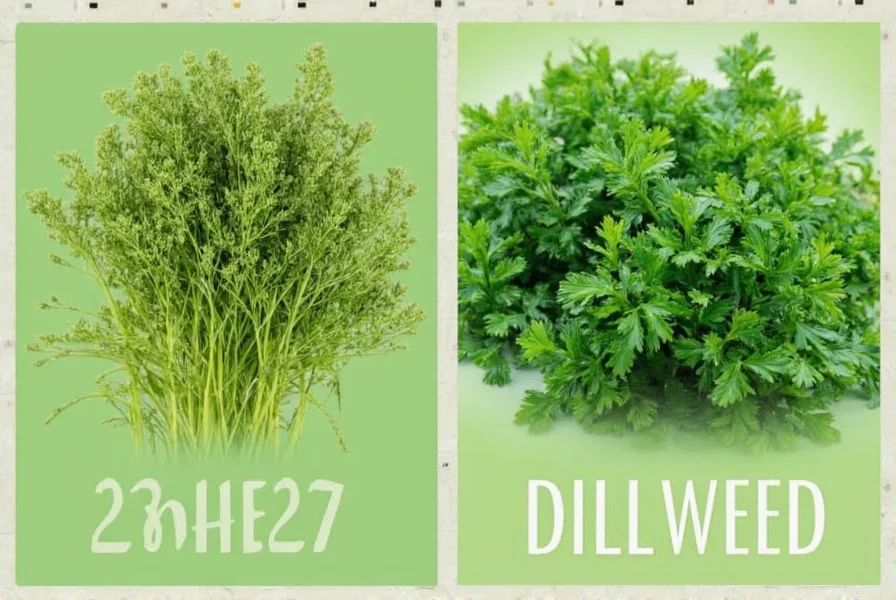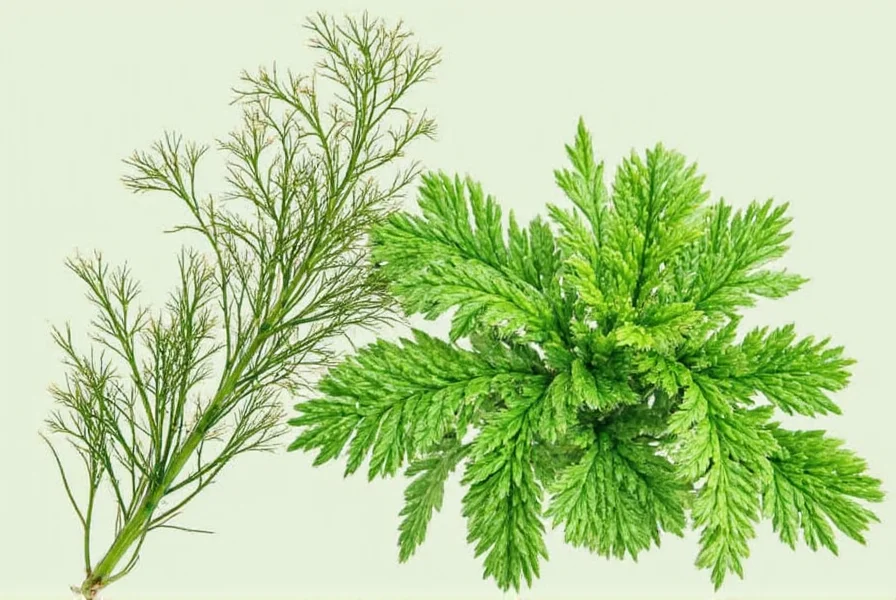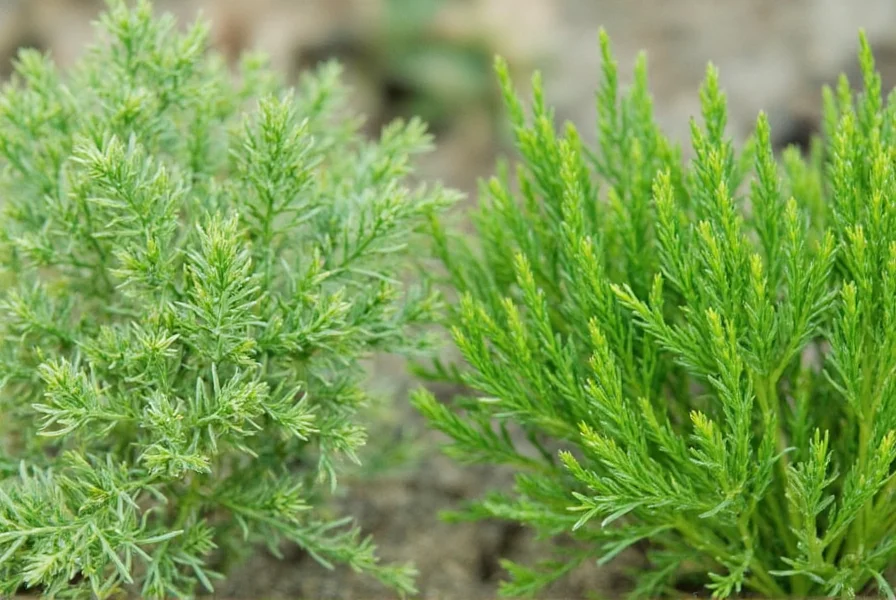Yes, dillweed is the same as fresh dill. Dillweed refers specifically to the fresh, leafy herb from the dill plant (Anethum graveolens), while "dill" can refer to both the fresh herb (dillweed) and the dried seeds. This common confusion stems from culinary terminology where "dillweed" distinguishes the fresh leaves from dill seeds.
When you're standing in the grocery store herb section wondering is dillweed the same as dill, the answer is simpler than you might think. The terms are often used interchangeably, but there's a subtle distinction that matters in cooking. Understanding this difference can transform your culinary results, whether you're making pickles, fish dishes, or creamy dill sauces.
Understanding Dill Terminology
The confusion around is dillweed the same as dill primarily comes from how we refer to different parts of the same plant. Dill is the general name for the entire herb plant Anethum graveolens. Dillweed specifically refers to the fresh, feathery leaves of this plant.
Think of it like parsley: we don't call the leaves "parsleyweed," but dill got this special designation to distinguish the fresh herb from its seeds. When recipes call for "fresh dill," they mean dillweed. When they specify "dill seeds," they're referring to the dried fruit of the plant.

Dillweed vs. Dill Seeds: The Critical Difference
One of the most common points of confusion when exploring is dillweed the same as dill involves dill seeds. These are completely different components of the plant with distinct flavors and culinary uses:
| Characteristic | Dillweed (Fresh Dill) | Dill Seeds |
|---|---|---|
| Plant Part | Feathery leaves and stems | Mature seeds from flower heads |
| Flavor Profile | Delicate, grassy, slightly citrusy | Stronger, earthier, more pungent |
| Culinary Best Uses | Fish dishes, salads, dips, finishing garnish | Pickling, breads, spice blends, stews |
| Substitution Ratio | 3 parts fresh = 1 part dried | 1 part seeds ≠ fresh dill |
Can You Substitute Dillweed for Dill Seeds?
When examining is dillweed the same as dill in practical cooking terms, substitution becomes crucial. While dillweed and dill seeds come from the same plant, they're not interchangeable in recipes. This is one of the most frequent kitchen mistakes home cooks make.
Dill seeds have a much more concentrated, almost caraway-like flavor compared to the delicate freshness of dillweed. If a recipe calls for dill seeds (common in pickling), using fresh dillweed won't provide the same flavor profile or preservation qualities. Conversely, if a recipe specifies fresh dill for a delicate sauce or salad, dill seeds would overwhelm the dish.
For those wondering can I substitute dillweed for dill when only one form is available, here's practical guidance:
- When substituting fresh dill for dried dill: Use three times the amount of fresh dill
- When substituting dill seeds for fresh dill: Not recommended - they're fundamentally different ingredients
- Best alternative for fresh dill: Tarragon or parsley (though flavor profiles differ)
Maximizing Dill's Culinary Potential
Understanding the answer to is dillweed the same as dill helps you use this versatile herb more effectively. Fresh dill (dillweed) loses its delicate flavor quickly when cooked, so add it at the end of cooking or use it raw. The essential oils that give dill its distinctive taste are volatile and dissipate with heat.
Dill pairs exceptionally well with:
- Fish and seafood (particularly salmon)
- Cucumbers (the classic combination for dill pickles)
- Yogurt and sour cream (for dips and sauces)
- New potatoes
- Eggs

Growing Your Own Dill
If you're still questioning is dillweed the same as dill after reading this, growing your own plant eliminates the confusion. Dill is relatively easy to grow in most climates. The fresh leaves you harvest are dillweed. Later in the season, the plant produces yellow flowers that develop into dill seeds.
For the best flavor, harvest dillweed in the morning after the dew has dried but before the heat of the day. The plant will continue producing leaves throughout the growing season if you regularly snip the tips. When the plant flowers, it will stop producing abundant leaves and focus energy on seed production.
Preserving Dill's Fresh Flavor
Since fresh dill (dillweed) has a relatively short shelf life, proper storage matters. To extend its freshness:
- Treat it like cut flowers: Place stems in a glass with an inch of water and cover loosely with a plastic bag
- Store in the refrigerator's crisper drawer
- Use within 5-7 days for optimal flavor
- Freeze in ice cube trays with water or oil for longer storage
Drying dillweed is possible but significantly changes its flavor profile. The dried herb works in some applications but lacks the bright freshness of dillweed. For most cooks exploring is dillweed the same as dill, the fresh version delivers the distinctive flavor they're seeking.
Common Culinary Applications
Knowing that dillweed is fresh dill helps you apply it correctly in recipes. Here's where each form shines:
- Dillweed (fresh dill): Tzatziki sauce, gravlax, potato salad, cucumber salad, fish marinades, salad garnishes
- Dill seeds: Pickling cucumbers, rye bread, sauerkraut, spice rubs, soups and stews
Professional chefs often keep both forms on hand because they serve different purposes. When a recipe specifies "dill," check whether it means the fresh herb or seeds - this clarification answers the fundamental question of is dillweed the same as dill in practical cooking terms.











 浙公网安备
33010002000092号
浙公网安备
33010002000092号 浙B2-20120091-4
浙B2-20120091-4